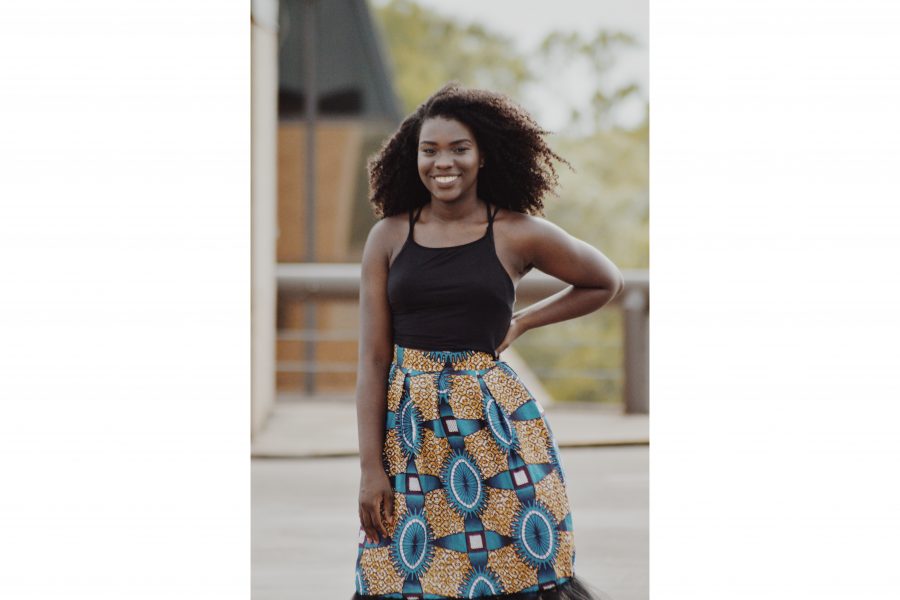Instead of working in oil and gas, chemical engineering graduate Toyosi Shusi is debuting her own fashion line exclusively using fabrics imported from Africa.
“I’m striving to make it more accessible to use these African prints to express yourself in everyday life,” Shusi said.
Shusi, who has always had an interest in fashion, said it wasn’t until college that she realized how she could combine sewing with her Nigerian heritage.
“When I was growing up … I thought these were pretty prints, but then I learned where they came from and what they actually mean,” Shusi said. “I thought it was unique and a good way to hold onto my culture and my heritage.”
Shusi said her family members in Nigeria ship her the fabrics that she uses to make her clothes. In the future, Shusi said she hopes to have all of her production take place in Nigeria.
“I want to start an atelier, which is like a fashion workshop in Nigeria, so that my clothes will actually be made in Nigeria by local Nigerians,” Shusi said.
To Shusi’s close friends, her dedication to making clothes exemplifies her passion.
“Toyosi wants her name and her clothing out there,” chemical engineering senior Monica Ogbonnaya said. “She’s thinking so much more about impact than profit.”
Ogbonnaya said Shusi initially didn’t realize people would pay for her designs, and when she did, she undercharged.
“Her prices are so low, and she’s putting in all this labor,” Ogbonnaya said. “You can tell she’s just really passionate about it.”
Shusi’s professors say her work has always stood out.
“I’ve had students that were very influenced by their heritage, but Toyosi is the first one that has really embraced African fabrics,” said Gail Chovan, a textiles and apparel lecturer.
Exposure to new cultures is critical to learning about different groups of people, Shusi said.
“I want everyone to be exposed to (African prints),” Shusi said. “If you allow people to actually learn about it, then that’s how we can get rid of all of these wrong stereotypes that exist.”
Shusi said anyone can wear African prints as long as they are knowledgeable about their meaning.
“There’s a difference between cultural appropriation and cultural appreciation,” Shusi said. “By incorporating different designs and elements from different African countries, I can allow people to be exposed to that and teach them about the culture and beauty that’s there.”





















